Eco-Friendly ID Options: Plastic Vs Paper Badges Comparison
Table of Contents []
- Plastic Vs Paper Badges
- Welcome to Plastic Card ID
- Understanding the Essentials of Badge Materials
- The Durability Debate: Plastic vs. Paper
- Cost-Effectiveness: Balancing Quality and Budget
- The Environmental Angle: Responsible Choices
- Functionality and User Experience
- Design and Aesthetic Appeal
- The Importance of Making Informed Decisions
- Conclusion: Aligning with Your Event Ethos
Plastic Vs Paper Badges
Welcome to Plastic Card ID
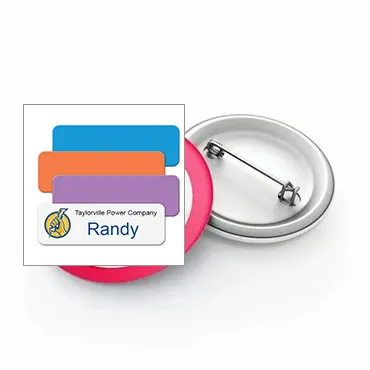
When organizing an event, the smallest details can significantly impact the overall experience. That's why, at Plastic Card ID , we are dedicated to helping you make informed decisions about your event supplies. One common choice event planners face is between plastic and paper badges. We know that the right badge not only represents your event's brand but also contributes to its ethos and smooth operation. With our expertise, we'll walk you through a comparative analysis of plastic vs. paper badges, delving into durability, cost-effectiveness, and environmental impact, so you can choose what's best for your event.
If you ever need to reach out for a new order or have any questions, do not hesitate to give us a call at 800.835.7919 . Our team is ready to serve everyone, nationwide, with top-notch service and products.
Understanding the Essentials of Badge Materials

Badges come in all shapes and sizes, but the material they are made out of plays a crucial role in their functionality and appeal. Knowing the basics about plastic and paper badges is the first step to making an informed choice.
Let's break down the primary materials used for each type, providing a snapshot of what each offers for your upcoming event:
Plastic Badges: A Closer Look
Plastic badges are known for their robustness, offering a sturdy choice for events. They resist tearing, bending, and water damage, which is ideal for multi-day events or those that might encounter various weather conditions.
While they have a higher upfront cost, their durability might mean savings in the long run since they can be reused. However, it's essential to consider the environmental aspect of these badges, as plastic takes longer to decompose.
Paper Badges: The Eco-friendly Choice?
Paper badges are celebrated for their environmental benefits. They are often made from recycled materials and are biodegradable. These badges are more cost-effective upfront, making them great for one-time use at events.
However, their fragility is something to ponder-especially if the event spans several days. Paper badges may not withstand the wear and tear that plastic ones can endure.
Personalization and Branding
The material you choose for your badges also affects the personalization options available. Plastic badges commonly offer a wide range of customization, from colors and finishes to the ability to add photos and scannable codes.
Paper badges also provide personalization, often through various printing techniques. While the customization might not be as long-lasting as on plastic, it does offer an eco-conscious image boost.
The Durability Debate: Plastic vs. Paper
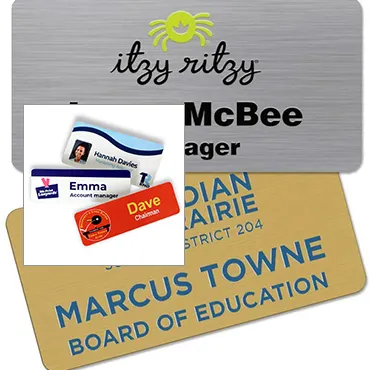
When it comes to the longevity of your event badges, durability plays a significant role. Events with a lot of physical activity or outdoor exposure require a badge that can endure the elements and frequent handling. It's not just about surviving the event, but also about maintaining a professional appearance throughout.
Explore the resilience of both materials to find the best match for your event:
Plastic Badges: Going the Distance
Plastic badges are champions of durability. Not only can they handle a few spills or raindrops, but they also keep looking spick and span for many uses.
They often employ materials like PVC, which is known for its resilience and ability to hold vivid colors and detailed designs, perfect for high-energy or outdoor events.
Paper Badges: Handling with Care
Paper badges might require a bit more care, but with the right protective gear like lamination, they can still perform quite well. That said, they typically won't last beyond the event, barring gentle handling.
Remember that while lamination can extend a paper badge's life, it does detract from its eco-friendliness due to the plastic involved in the lamination process.
Best Practices for Badge Longevity
To ensure your badges last as needed, consider a few tips like using badge holders for paper varieties or opting for thicker plastic. Attachments like lanyards or clips can also make a difference.
Store badges properly before the event and encourage attendees to treat them well. When badges look great, so does your event!
Cost-Effectiveness: Balancing Quality and Budget
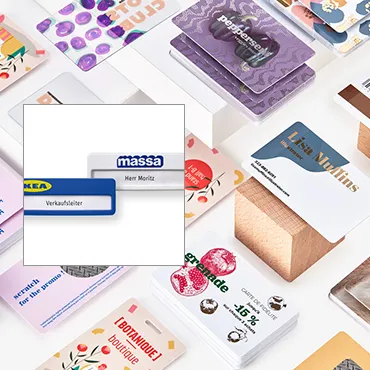
Staying within budget is always a concern when planning an event, and badge selection is no different. The material you choose could mean the difference between stretching your dollar or going over budget. With , you are guided to make choices that match both quality and affordability.
Weigh the pros and cons of each material and consider how they will affect your bottom line.
Plastic Badges: Worth the Investment?
Plastic badges often have a higher initial cost. However, their ability to withstand multiple uses can offer savings over time, especially for organizations hosting frequent events.
If you opt for plastic badges, consider them an investment in the longevity and branding consistency of your event materials.
Paper Badges: Economical up Front
Paper badges are typically less expensive to produce, making them a budget-friendly option for single-use events. This immediate cost saving can be significant, especially for large-scale events.
However, should they need replacing during the event, it might increase overall costs. Always order a few extras just in case!
Maximizing Your Badge Budget
- Order in bulk to save on per-badge costs.
- Look for deals with suppliers who may offer discounts for first-time orders or large quantities.
- Reuse where possible quality plastic badges can be recycled for future events.
Connect with us at 800.835.7919 for tailored advice on maximizing your budget while making a substantial impact on your attendees with the right badges.
The Environmental Angle: Responsible Choices
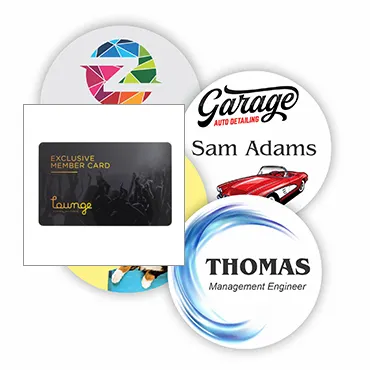
In today's world, making eco-friendly choices is not just a preference but a responsibility. As event planners, we have the power to influence the environmental impact of our events through the materials we select. At Plastic Card ID , we encourage an eco-conscious approach to event planning.
Let's consider the environmental repercussions of choosing between plastic and paper badges:
Plastic Badges: The Long-Term Effect
Plastic has been a hot topic in environmental discussions due to its long decomposition period. While plastic badges are durable, their environmental footprint is significant, and they often end up in landfills.
However, certain types of recyclable plastics can mitigate some of that impact, which is worth considering if sustainability is a key value for your event.
Paper Badges: A Greener Alternative
On the other hand, paper badges, especially those made from recycled materials, present a greener option. They decompose much faster than plastic and, if responsibly sourced, they significantly reduce the environmental toll.
Even so, it's essential to recognize that the lamination of paper badges can reduce their biodegradability, potentially reducing their environmental benefits.
Supporting Sustainable Practices
Regardless of the material you choose, you can always take steps to minimize your event's ecological footprint. Encourage attendees to recycle their badges at the end of the event or to return them for future use.
Consider working with suppliers who prioritize sustainability in their production processes, ensuring that your choices support responsible environmental practices.
Functionality and User Experience
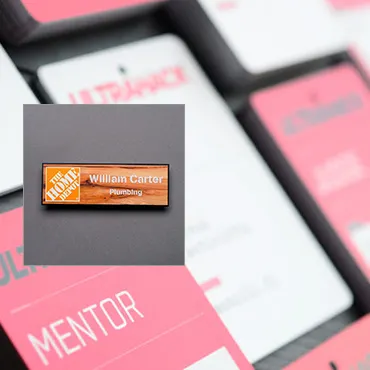
Your attendees' experience with their badges can leave a lasting impression. Badges are not only for identification but also serve as a means of access and interaction within the event. It's crucial that the badges function well and enhance the overall experience.
Examine how each type of badge stacks up in terms of attendee usability and satisfaction:
Readability and Ease of Use
The clarity of information on a badge is paramount. Plastic badges usually offer crisp, clear printing that remains legible through the event, while paper badges may experience wear that affects readability.
Ease of use also includes how well the badge integrates with other systems, such as scanning for entry or accessing additional event features.
Comfort and Accessibility
Badges should be comfortable to wear and easy to manage. Plastic badges can sometimes be bulky or heavy, particularly with added features like chip technology. Paper badges are lighter and may be more comfortable, but can be more susceptible to damage.
Additionally, consider special accommodations, such as braille or larger print for accessibility purposes.
Security Features and Considerations
For events with heightened security needs, the material of your badge plays a role in the available security features. Plastic badges can be embedded with features like holograms or RFID chips, while paper badges may offer fewer high-tech options.
However, unique identifiers and barcodes are possible on both materials, maintaining a level of security and control over event access.
Design and Aesthetic Appeal
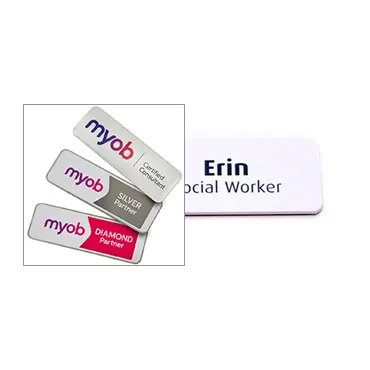
First impressions matter, and the look of your badges can impact the perceived value and professionalism of your event. A well-designed badge becomes a keepsake, a memory attendees carry with them. Explore how plastic and paper badges can elevate the visual appeal of your event.
Style and substance go hand-in-hand; let's find out how you can make both work for your event's image:
Professional Finishes and Customization
Plastic badges offer a glossy finish and opportunities for embossing, engraving, or incorporating high-tech features that boost perceived value. They lend a professional, sleek look to your event branding.
Paper badges, while more understated, can still have a stylish finish, especially with the right design and printing techniques. They exude an organic and approachable vibe, aligning with eco-friendly themes.
Visual Themes and Brand Consistency
Pick a material that supports your event's visual theme and promotes brand consistency. Whether you opt for sophistication or a minimalistic approach, ensure your badge material complements your event's design language.
A consistent aesthetic across your event materials, including badges, contributes to a unified, professional event atmosphere.
Opportunities for Memorable Keepsakes
Attendees often keep badges as memorabilia, so consider which material would serve as the best memento. Plastic badges can outlast the event and serve as tangible reminders, while paper badges can be recycled or composted, reinforcing an eco-conscious message.
Remember, what attendees take away from your event extends beyond the physical badge-it's the message and values it represents.
The Importance of Making Informed Decisions

Choosing between plastic and paper badges should not be taken lightly. Each material brings its set of advantages and considerations that align differently with each event's ethos. Let us help you reflect on the key aspects once more before you make your final decision.
Whether it's durability, cost, environmental impact, or user experience, your badge choice will speak volumes about your event and organization.
Recapping Durability and Longevity
Plastic badges reign supreme in durability, ideal for multi-day or annual events. Paper badges might be perfect for single-day events, cutting down costs and reducing the environmental footprint.
The badge material you choose should mirror the duration and nature of your event, ensuring they stay presentable from start to finish.
Balancing Budget and Environmental Responsibility
While paper badges may seem like the most cost-effective and environmentally friendly option, plastic badges have their place in scenarios where long-term use is anticipated. Weighing upfront costs against potential long-term savings is crucial.
Regardless of your choice, there are ways to make both options more sustainable and budget-friendly-with , your partner in responsible and savvy event planning.
Ensuring a Positive Attendee Experience
The functionality and aesthetic qualities of your badges contribute to the overall attendee experience. Opt for badges that facilitate seamless interaction, ensure security, and align with your event's aesthetic vision.
The goal is to create a cohesive, enjoyable experience that reflects the level of thought and care you've invested in your event planning.
Conclusion: Aligning with Your Event Ethos
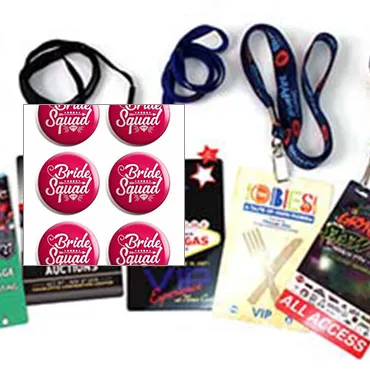
At Plastic Card ID , we provide the insights and expertise to ensure your event materials reflect the very best of what your event stands for. Through our comparative analysis of plastic vs. paper badges, we hope you've gained a clearer perspective to make a choice that embodies durability, budget alignment, and environmental mindfulness.
Every decision you make crafts the narrative of your event. Let that narrative be one of informed choices and a commitment to excellence. For personalized assistance as you prepare for your next event-or for any questions you might have-please reach out to us at 800.835.7919 . We're ready to help you make your event memorable for all the right reasons, nationwide!
Previous Page

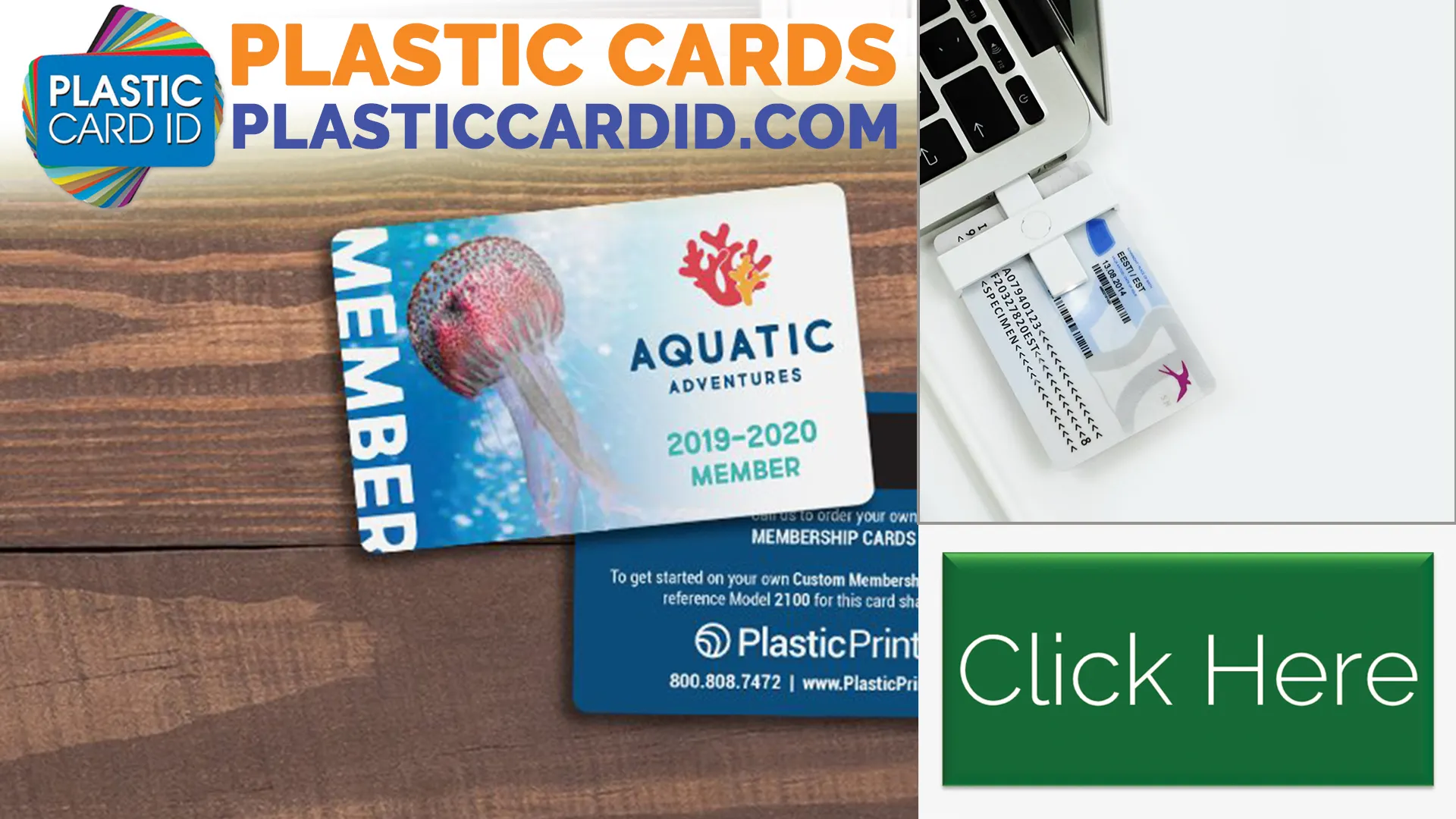
 Copyright © All rights reserved. Click here to view
Copyright © All rights reserved. Click here to view